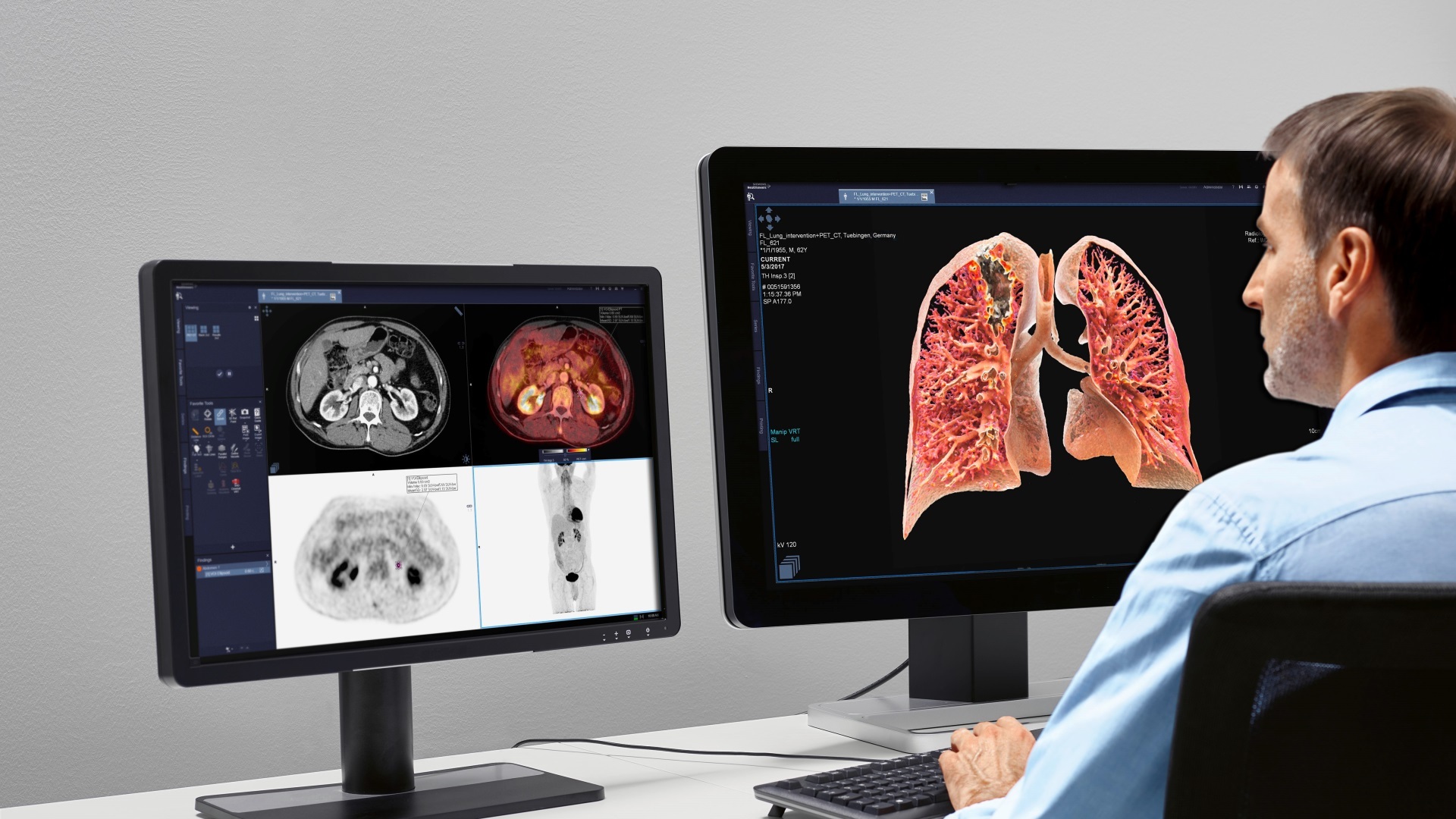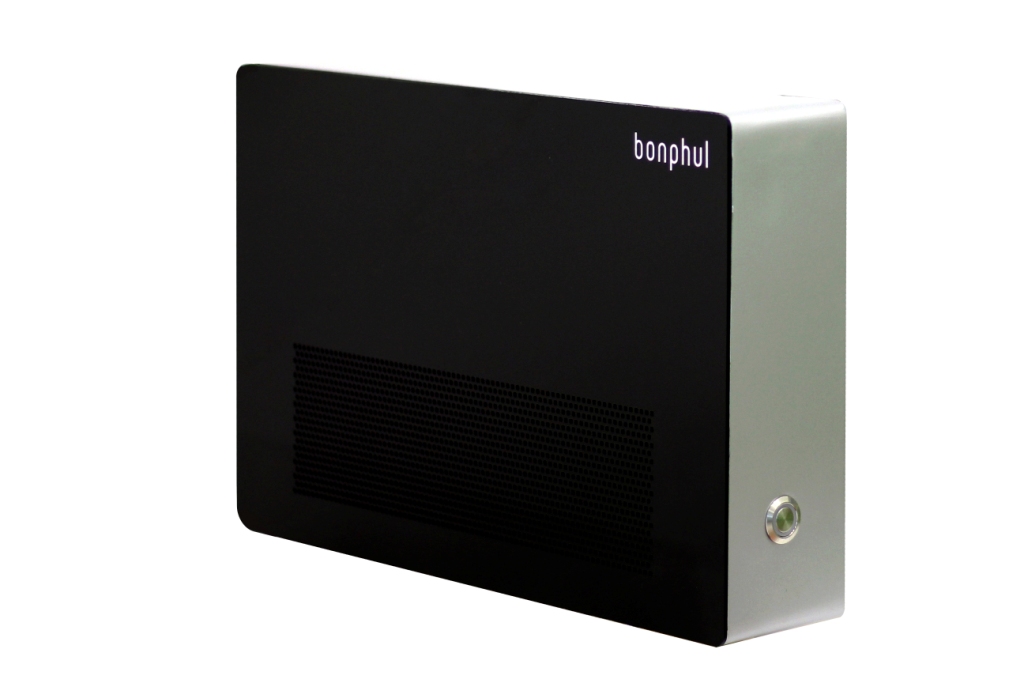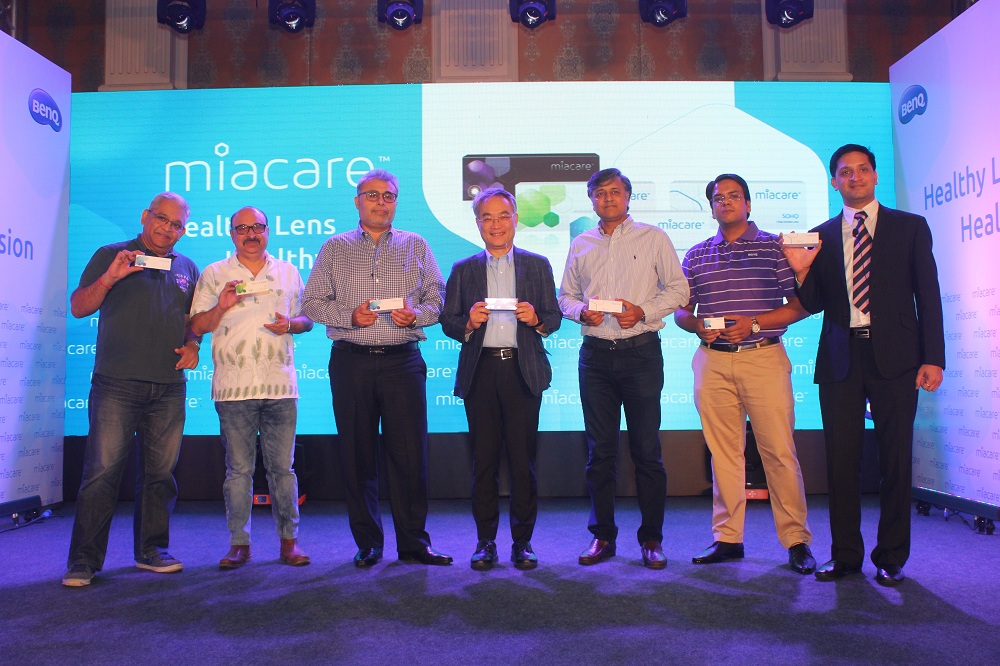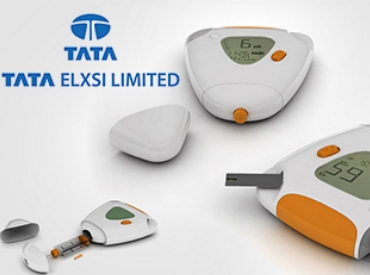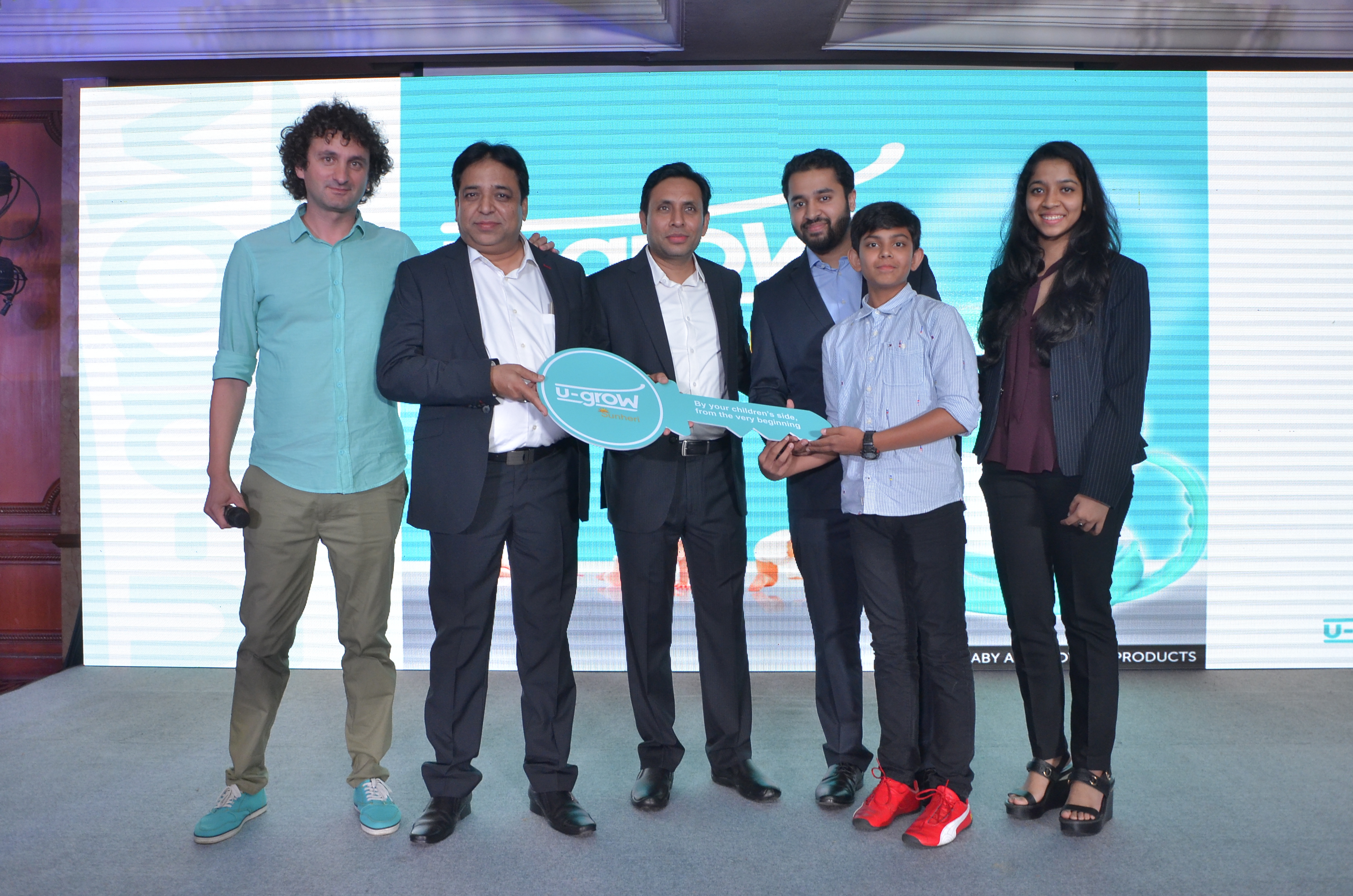At the Congress of the International Society of Pediatric Radiology (IPR) in London from Siemens Healthcare will for the first time show how pediatrics can benefit from the technological advances in computed tomography (CT). For instance, Siemens will introduce its new CT applications for dose reduction. Additionally, scientific studies will be presented to show why Somatom Definition Flash is particularly suited for pediatrics. The Dual Source computed tomography system, with two X-ray tubes and detectors, respectively, remains the world’s fastest scanner and minimizes radiation dose for the patient. In various studies, physicians have used this system to scan infants in below one second, and with an X-ray dose of less than one mSv (millisievert). The resulting images show a high quality without motion artifacts. Using conventional CT technology with only one tube-detector system, this procedure would take several seconds and require a significantly higher dose. In addition, children would have to hold their breath and babies would have to be sedated to prevent motion artifacts that could distort the diagnosis. When Siemens launched the Somatom Definition Flash CT scanner in 2009, many CT users immediately recognized its potential for pediatric radiology: the new generation of Dual Source computed tomography systems reduces the required dose by up to a factor of 20. The high scanning speed in the Flash Scan mode enables all patients to be examined without breath holds, and even requires no sedation for the youngest patients. Using various studies, Siemens will show at IPR 2011 how the Dual Source technology of the Somatom Definition Flash can advance pediatric diagnostics. In addition, two radiologists and a pediatric cardiologist will present their latest findings obtained during pediatric examinations with the Somatom Definition Flash. Dose-reducing CT applications from Siemens The tube voltage to be selected in CT, which is known as the kV (kilovolt) level, depends on the size and weight distribution of the patient, as well as on the examination type. Selecting the respective suitable kV level means that image quality can be optimized and dose minimized significantly. If the tube voltage is changed, all other scan parameters have to be adapted accordingly. However, since the dependencies are not linear and their adjustment is intricate, today the values have to be calculated manually using complex formulas, or estimated. Studies have shown that users generally tend not to change the kV values for this reason, and therefore do not exploit the full dose-saving potential. Here, Siemens is offering a solution for the first time: depending on the patient’s anatomy and the type of examination, Care kVautomatically recommends the correct tube voltage for the selected tube current in milliampere (mA). All other parameters are adapted automatically to the selected kV level. This optimizes the relationship between contrast and noise in the image. Additionally, dose can be reduced by up to 60 percent. The application is currently being tested by a number of pediatric radiologists. Safire (Sinogram Affirmed Iterative Reconstruction), a new method for iterative reconstruction of CT images based on CT raw data, is yet another dose saving measure. At the end of 2009, Siemens presented IRIS (Iterative Reconstruction in Image Space), its first innovation for iterative reconstruction. With Safire, Siemens has further enhanced the algorithms and is also offering new hardware that enables to significantly reduce the time required to reconstruct slice images in comparison to IRIS. At IPR 2011, radiologists and pediatric radiologists will explain how

Be a part of Elets Collaborative Initiatives. Join Us for Upcoming Events and explore business opportunities. Like us on Facebook , connect with us on LinkedIn and follow us on Twitter , Instagram.




